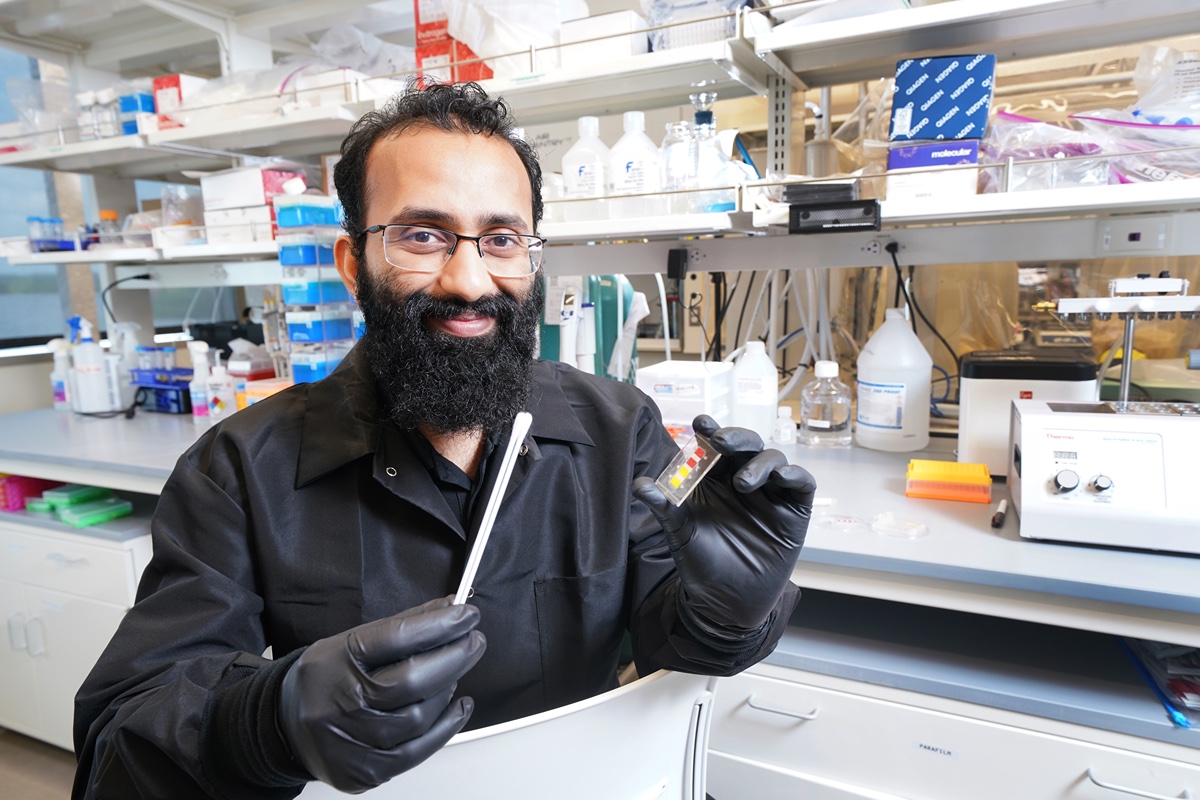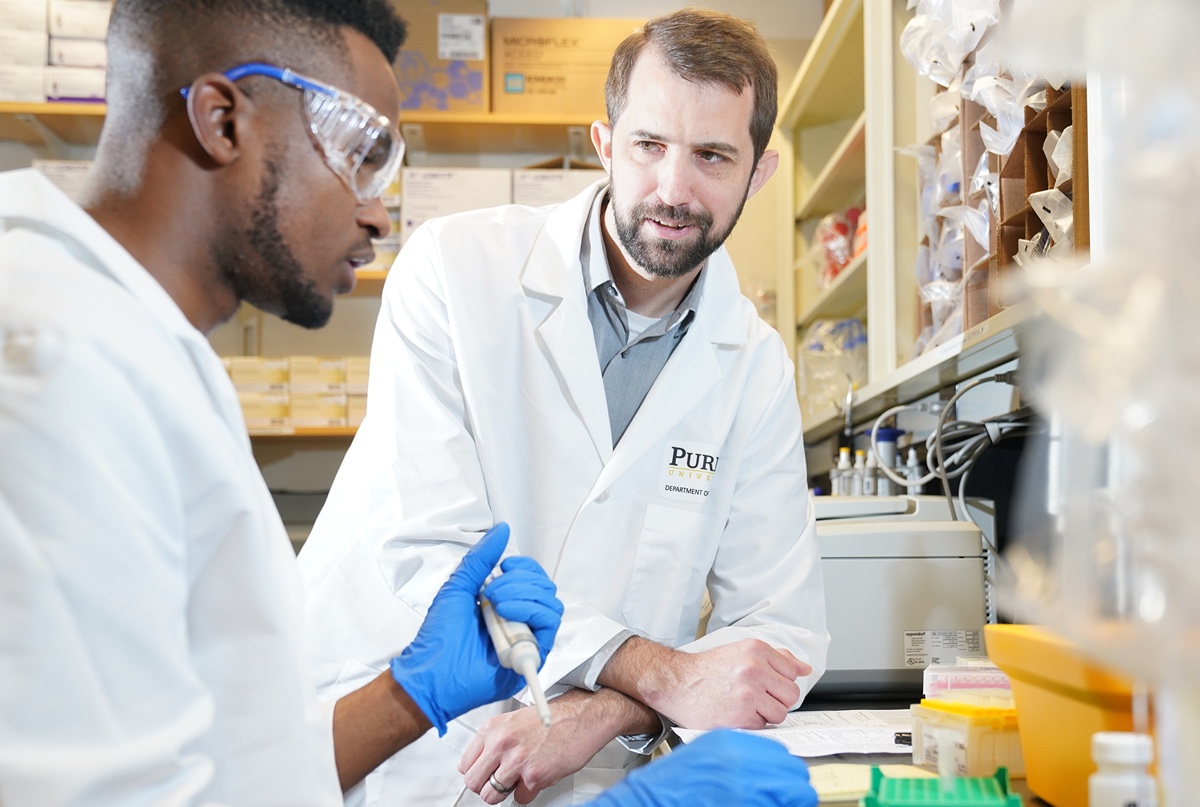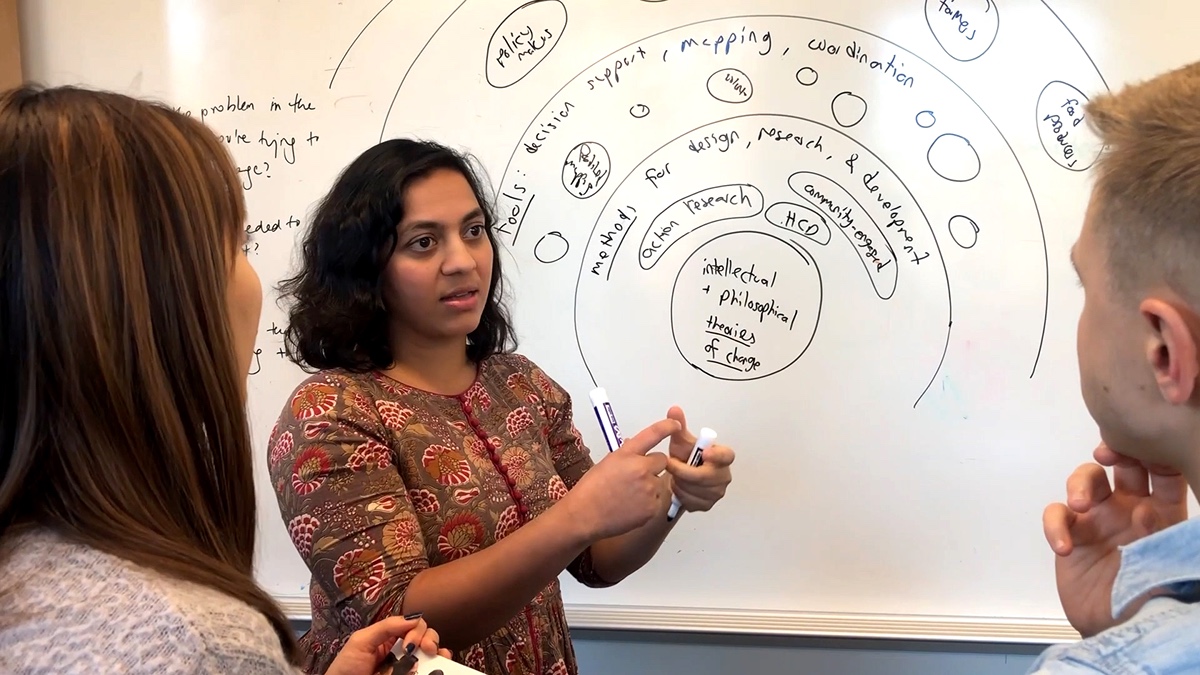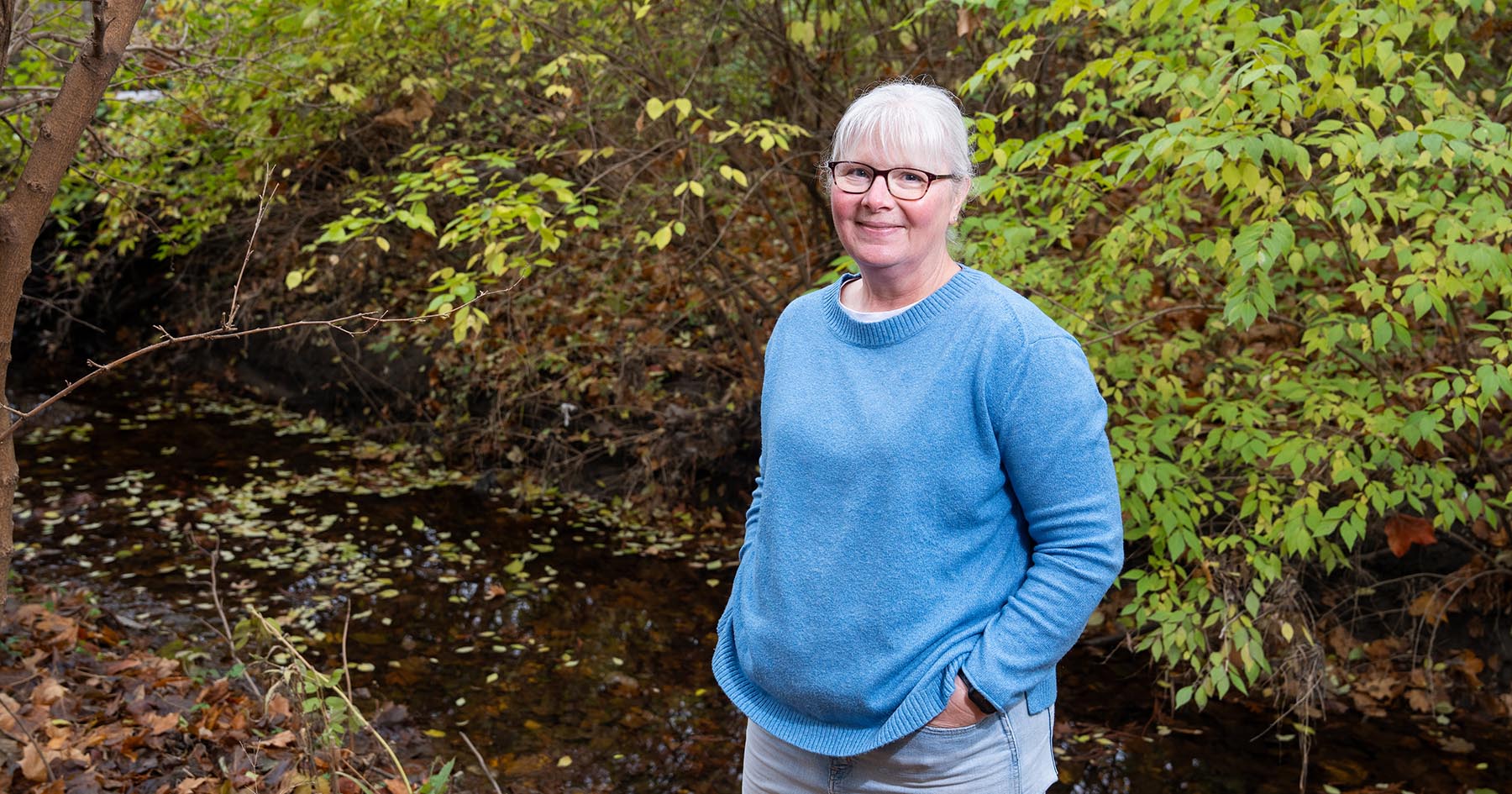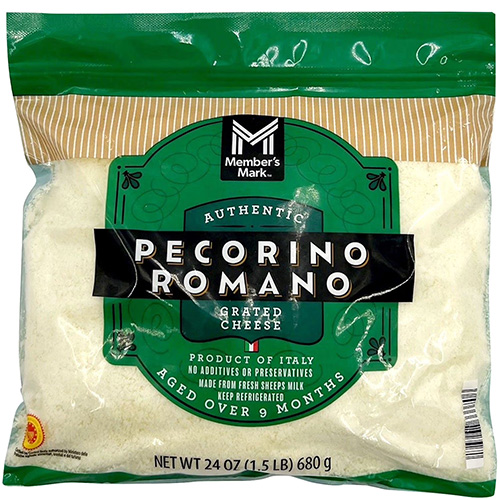College of Agriculture researchers secure a record $106 million in grant funding
Creating better vaccines. Averting animal pandemics. Helping farmers make smarter, more climate-friendly decisions. These are just some of the projects funded by the Purdue College of Agriculture’s recent bumper crop of grants – a record $106 million this past fiscal year, toppling the $85 million raised the previous year.
“We’ve got several years of back-to-back to back with record levels,” says Bernie Engel, the Glenn W. Sample Dean of Agriculture.
“The overwhelming majority of our research is supported by these kinds of dollars,” Engel says. “These are the dollars that really enable us to have a much, much bigger impact that we would have otherwise.”
Grants are highly competitive – as few as 10 or 20 percent of proposals are funded. The success in securing grants speaks to the quality of Purdue’s researchers – the College of Agriculture is currently ranked number three in the nation, while the Department of Agricultural and Biological Engineering is number one.
It’s a big number, but where exactly do those dollars go? How are they used? Here are some of the stories that provide that insight.
One of the researchers making an impact with grant funding is Kurt Ristroph, an assistant professor in the Agricultural and Biological Engineering department. His lab focuses on developing nanomaterials and nano formulation processes for medical and agricultural uses. Ristroph has multiple major grant-funded projects in the works, including one that stands to benefit almost anyone who will need an mRNA vaccine in the future.
This project, funded by a $2.7 million FDA grant, involves looking at making lipid nanoparticles of the type used in the Pfizer and Moderna coronavirus vaccines – but without the need for extreme cold during shipping.
“Shipping vaccines around the world at negative 80 degrees was extremely expensive and logistically hairy,” Ristroph says.
In collaboration with a group at Princeton University and others, Ristroph’ s lab is trying to show they can process lipid nanoparticles into a dry form that can be later reconstituted in water, on-site.
“We think there will be major stability benefits in doing that,” he says.
If it’s successful, this new technique could benefit not only covid vaccines, but also any future mRNA vaccines made using lipid nanoparticles.
Ristroph’ s second major project funded last year is also health-related. His lab is working with an Indian pharmaceutical company to improve a medication with poor bioavailability when taken by mouth. While, for reasons of industrial secrecy, Ristroph can’t say what the medication is, he explains it’s used to treat a disease that affects some 90,000 Americans. He’s working to process the medication into nanoparticles so it can dissolve and reach the blood stream more effectively.
Another of Ristroph’ s current projects affects anyone who enjoys a morning glass of orange juice. Last fall, he received a $1 million grant from the USDA’s National Institute of Food and Agriculture to develop nanocarriers as an antibiotic delivery system to treat citrus greening disease. This plant disease, caused by a bacteria spread by an aphid-like insect called the Asian citrus psyllid, has devastated Florida’s citrus industry and is spreading to Texas, California and beyond.
“In the 15 years since it came to the US in 2008, there’s been something like a 90 percent decrease in Florida citrus production,” Ristroph says.
In collaboration with other universities, Ristroph’s lab is attempting to deliver antibiotics to the site of the bacterial infection, a difficult task using conventional methods.
“It’s been a fantastically successful year, and none of it would have happened without the supportive environment of the Purdue College of Agriculture and the Purdue Department of Agricultural and Biological Engineering,” Ristroph says.
One of Ristroph’s colleagues, Mohit Verma, an associate professor in Agricultural and Biological Engineering, is using his funding to find solutions to animal diseases.
Last year Verma secured $1 million from the National Animal Health Laboratory Network and the National Animal Disease Preparedness and Response Program to work on creating a rapid test for African swine fever. The disease, which has not yet been found in this US, can be almost 100 percent fatal to pigs. Once an animal tests positive, rapid action is necessary to isolate the rest of the herd. But current tests can take hours or even days.
So Verma’s lab is working on a test similar to a rapid COVID-19 test, which will use blood or saliva to detect the virus’s DNA. Done pen-side, the test would deliver a result in around 30 minutes.
“If you detect the disease earlier, you can deal with the problems earlier,” Verma says.
Verma’s team has had good preliminary results, he says, and is now developing a more user-friendly device, with the aim of testing it this year and next.
Another one of Verma’s significant projects is funded by a $400,000 grant from the Center for Produce Safety. It involves testing the environment for fecal contamination, a common problem where animal and produce farming happen in close proximity. The technology detects DNA from Bacteroidales, a fecal microorganism found in pigs, chickens, and cattle. Since many foodborne pathogens come from animal feces, the presence of fecal microorganisms suggests a risk for food contamination.
With Verma’s lab’s technology, “before you plant, you can get a survey of the area, and decide whether it’s a low- or high-risk site,” he says.
If high-risk, a farmer could decide not to plant, or could take various mitigation approaches. Ultimately this could help prevent foodborne illnesses in consumers.
Verma’s team includes nine graduate students, five postdocs, and several undergraduates. Grants make this hiring possible. They also pay for items like travel to conferences and research sites, lab equipment, tools needed for field research.
“Our research is supported by external funding,” Verma says. “Without it we wouldn’t be able to advance the state of the technologies we’re developing.”
Early-career grants can be especially valuable for scientists just developing their research programs. Kyle Cottrell, an assistant professor in biochemistry who joined the College of Agriculture this spring, recently received a MOSAIC R00 grant from the National Institutes of Health. These grants are designed to help researchers from diverse backgrounds transition into research-focused faculty positions.
Cottrell studies the RNA biology of breast cancer, and is particularly interested in an enzyme that edits RNA called ADAR1. ADAR1 is a promising drug target for triple-negative breast cancer, a particularly hard-to-treat form of the disease, as well as other cancers, Cottrell says. “However, there are a lot of knowledge gaps that need to be addressed before therapies targeting ADAR1 can make it to the clinic.”
“We are using the funds to identify drugs that target ADAR1, and to identify markers that can be used to predict which patients will benefit from those drugs,” Cottrell says.
The MOSAIC grant not only supports Cottrell’s research and pays his team members, it also provides him with external mentorship.
“This additional training and mentorship have greatly helped me transition into my role as a principal investigator,” says Cottrell, who is a first-generation college graduate.
Department of Agricultural and Biological Engineering member Assistant Professor Ankita Raturi uses her funding to pursue community-driven research projects in agricultural informatics. She and her team design data pipelines, models, and decision support tools to support adoption of regenerative agricultural practices and improve resilience in regional food systems.
One of these projects focuses on supporting farmer adoption of cover crops. Cover crops such as rye, clover and winter wheat are planted to improve soil and prevent erosion, but it’s not always clear which crops work best under which conditions. “We basically help build these expert data sets around cover crop performances in different regions,” Raturi says, of a current project funded by the USDA’s Agricultural Research Service and the National Institute of Food and Agriculture. The goal is to create decision-making tools that can be run by a public agency to help farmers directly.
Another project, through the Natural Resources Conservation Service, involves helping them standardize conservation and greenhouse gas data to make decision-making easier. Yet another, funded through the USDA’s Partnership for Climate-Smart Commodities and the Inflation Reduction Act, is about creating mechanisms to incentivize farmers to use more climate-friendly practices through human-centered design of digital tools.
Raturi’s team includes four graduate students, two undergraduates, and a full-time research scientist.
“And we’re hiring!” she says. “The funding we received this year has been instrumental in our ability to scale up projects that already exist and turn early-stage ideas into new research projects as well. Now we’re in a position to hire students, programmers and staff.”
Raturi says Purdue’s extension program is critical to her work, as it allows her to engage directly with experts and stakeholders and implement a co-production model for technology design. Just as important is support for creating an “open-source culture” that enables release and maintenance of open knowledge products including datasets, design kits, and software.
“The reason I came here was because we have agriculture and engineering in a place that allows me to be an engineer and work in agriculture,” she says. “I can do both. I don’t have to pick.”
Every $1 invested in public agricultural research generates some $20 of economic benefit. So Purdue’s banner year stands to have a stunning amount of influence.
“Multiply $106 million by 20, that’s over 2 billion dollars in impact this research is going to have on people in the state and the Midwest and in the country and globally, Engel says. “And that’s just one year. That’s amazing.”

